Winter Running: Gear And Tips For Runners Who Don’t Get On With The Treadmill
Suit up in this cosy garb and even the worst weather won’t worry you
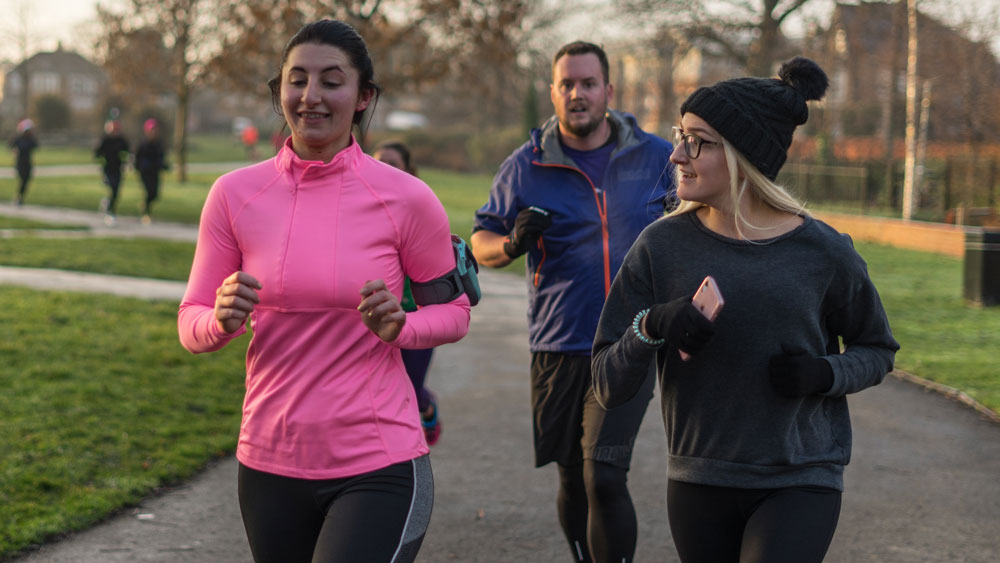
However much we like to moan about the weather, the UK is a pretty great place to be a runner. The summers are rarely so hot as to make running a dehydration-risking misery and the winter cold tends to fall into the “lip balm is a good idea” category, rather than “wear gloves or lose a finger”.
That said, the British winter is typically wet, chilly and dark, none of which make it into any runner’s top ten descriptions of their favourite workout. Fortunately, you can combat all three of those conditions easily with the right running gear and a plan for how you approach the conditions.
We’ve got all the winter running gear you need to consider below, plus our favourites in each category (click through to the main articles for more choice). Then we have seven quick winter running tips from running coach Tom Craggs (runningwithus.com), to help keep you motivated through a winter of running.
Winter Running Gear
Running Shoes
You can trust Coach
Naturally you need these all year round, but many brands now make versions of their popular shoes with winter-ready features. These include water-resistant or even completely waterproof uppers, reflective sections, no-tie laces and outsoles with more grip. It might seem like a luxury to buy a seasonal running shoe, but if you run several times a week, having warmer, drier feet on all those runs is a worthwhile luxury.
Find more shoe recommendations in our round up of the best running shoes.
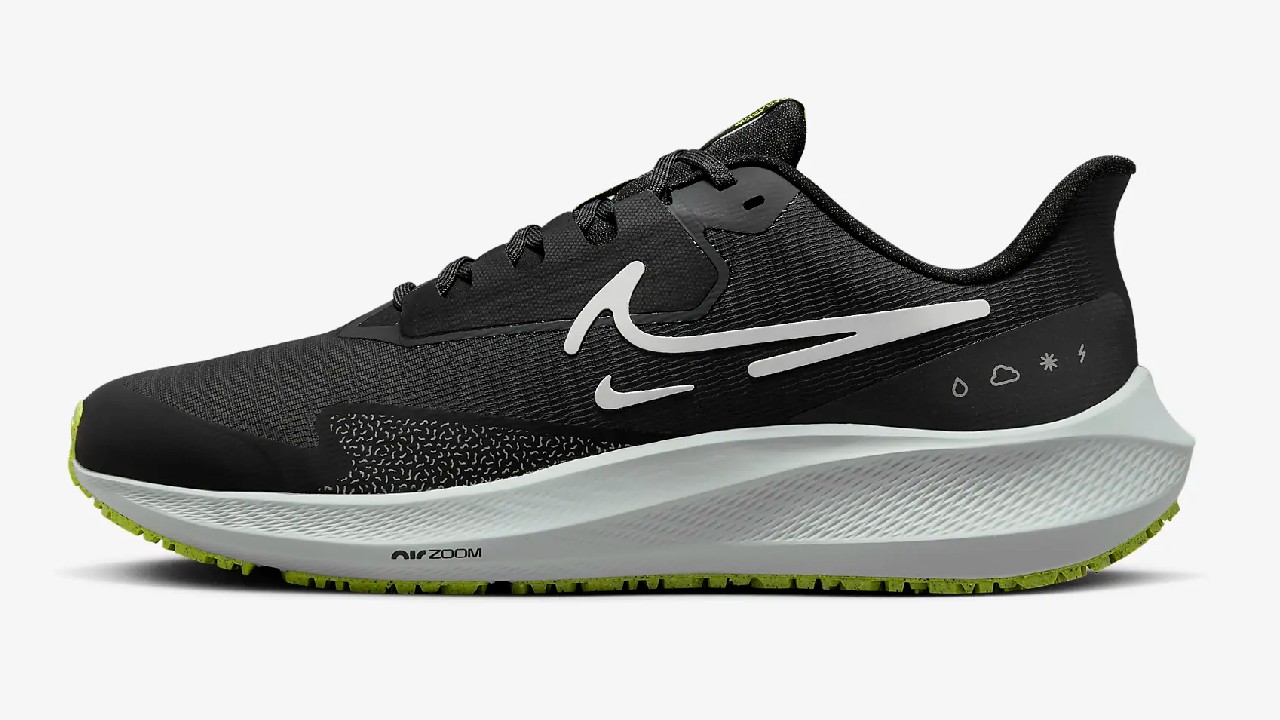
Nike Air Zoom Pegasus 39 Shield
Specifications
Reasons to buy
Reasons to avoid
The standard Nike Pegasus 39 is a great value all-rounder and the winterised version of the shoe is a brilliant pick for the chiller, wetter months. The Pegasus 39 Shield has a water-repellent, insulated upper that keeps your feet warm and dry, while the Storm-Tread outsole grips well on wet roads. The ride is comfortable and fairly quick, so the Pegasus 39 Shield works well for a range of training runs while protecting your feet from inclement conditions.
Gloves
The requirements are simple here – you want gloves that keep your hands warm but not sweaty. For those who like to fiddle with electronics while they run, track down a pair that allow you to use touchscreen devices.
You'll find more top picks to choose from in our round up of the best running gloves.
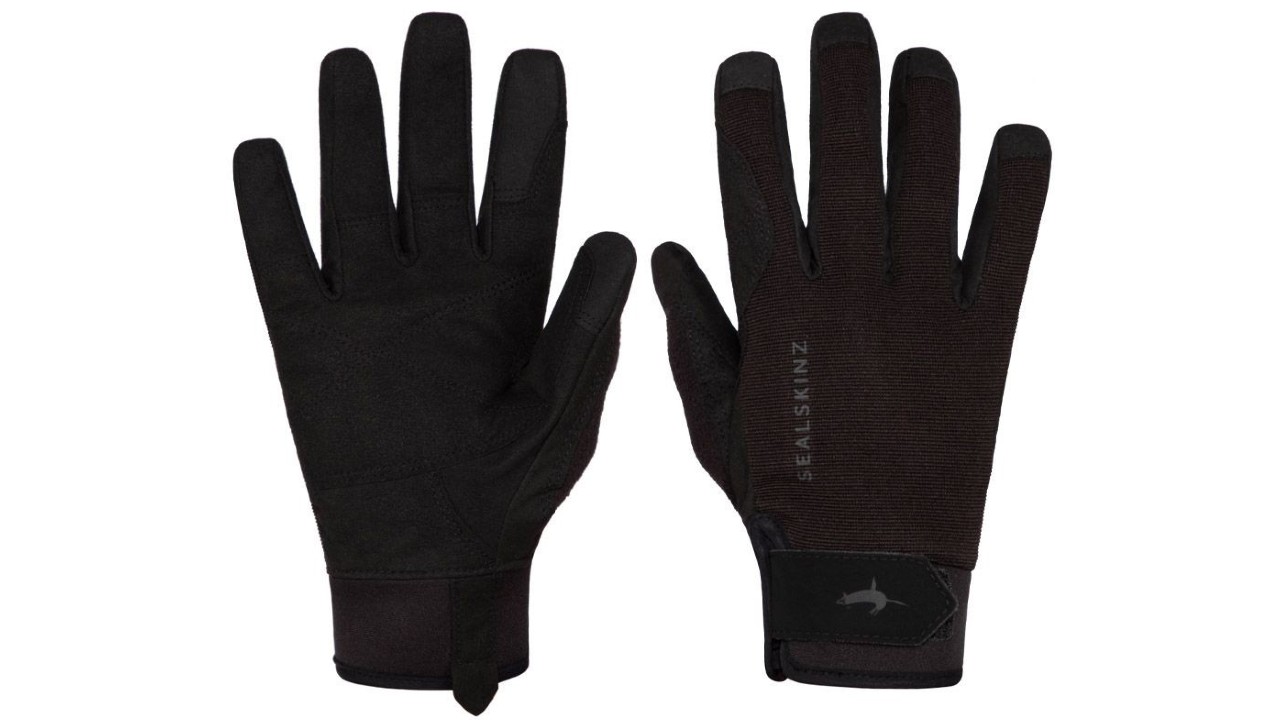
Sealskinz Waterproof All Weather Glove
Specifications
Reasons to buy
Reasons to avoid
If you run hot then these gloves might be a tad too warm for you to use in anything but sub-zero conditions, but if, like us, you find your extremities get cold even during hard winter runs then the Sealskinz gloves are worth the outlay. They are fully waterproof and very warm, and for the most part they are breathable enough that your paws won’t get sweaty.
Water-Resistant Running Jacket
The first of two jackets that you need in your winter wardrobe. You’ll want a full waterproof for when it’s really bucketing down, but generally it’s more enjoyable to run in a water-resistant top the rest of the time, because waterproof jackets tend to get a little hot and sweaty when there’s no rain.
That means the water-resistant jacket is your go-to for most runs, so you need to really love wearing it. It needs to be breathable, but able to stand up to drizzle and deflect the wind away from your core, and reflective details are useful for runs in the dark.
Our full guide to the best men's running jackets and the best running jackets for women have a wide selection of both water-resistant and waterproof outer layers for your top half.
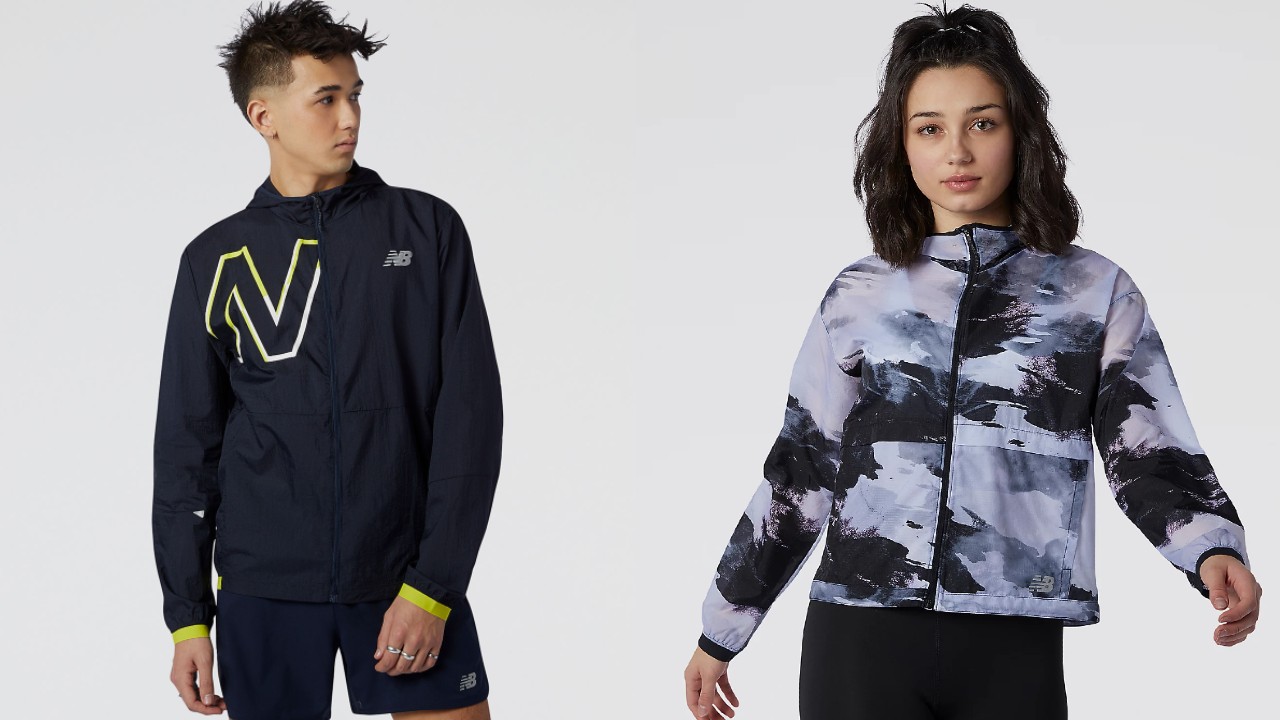
New Balance Printed Impact Run Light Pack Jacket
Specifications
Reasons to buy
Reasons to avoid
This packable jacket is perfect for changeable conditions on winter runs. It is resistant to wind and water while being nice and lightweight so it breathes well during runs on milder days. If it’s still too warm, you can take it off, pack it away into its own pocket and then wear it around your waist thanks to the belt strap. It’s the perfect piece of versatile winter kit, even if the name is way too long.
Waterproof Running Jacket
When conditions really get nasty, you need something stronger than a softshell. A fully waterproof running jacket probably won’t be all that breathable, so stick to easy runs while wearing it, but aim to find a lightweight option that won’t make you so sweaty that blocking out the rain becomes self-defeating. Packable jackets that can come along for the ride are a bonus, so you’re prepared if the weather suddenly turns.
Again, you'll find a more extensive selection of the best men's running jackets and the best running jackets for women on those pages.
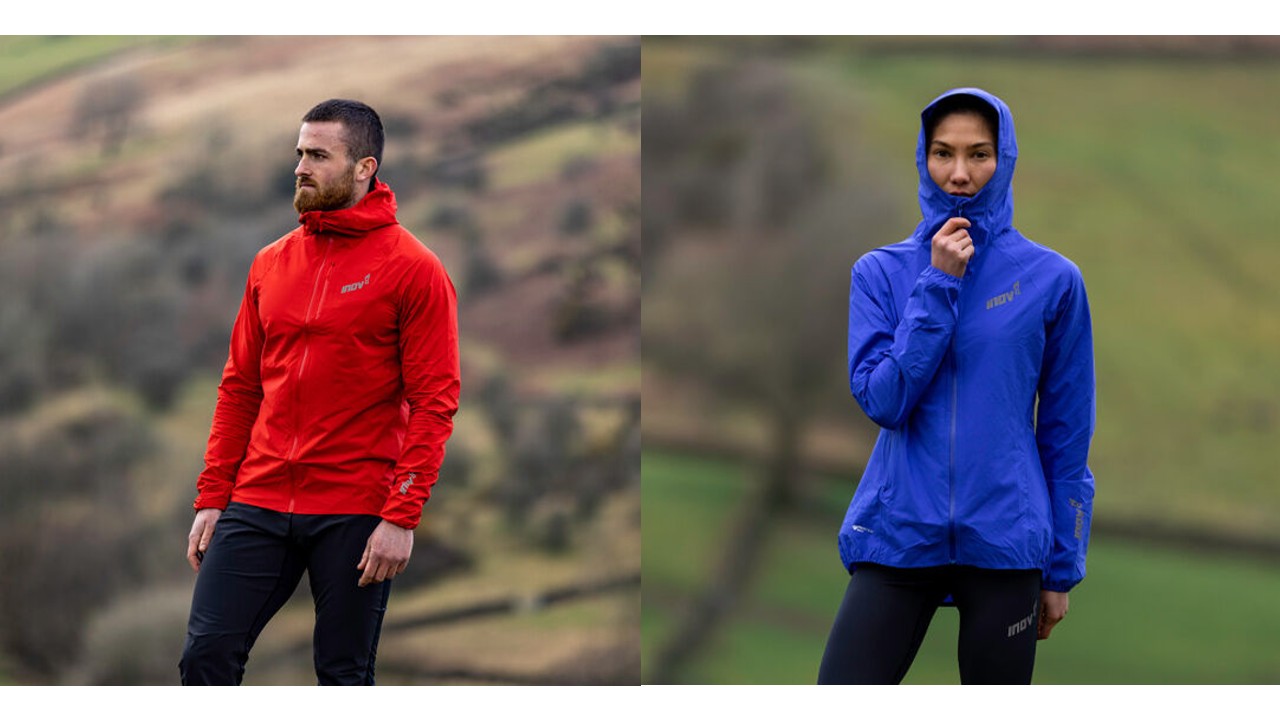
Inov-8 Stormshell
Specifications
Reasons to buy
Reasons to avoid
As far as we can tell, the more you pay for a waterproof jacket, the more breathable it is – and it’s worth paying for breathability in a running jacket, because otherwise you end up so sweaty keeping the rain at bay the whole endeavour becomes largely pointless. The Inov-8 Stormshell has taped seams and will keep the worst weather at bay, but still breathes well so you can use it for hard runs on wet days without worrying about overheating.
Gilet
Unless you live in a place where the temperature stays below zero for several months in the winter, a gilet might be a smarter purchase than a full jacket. Windproof and waterproof gilets keep your core warm and the sleeveless design is less restrictive when you want to run hard.
Read more about the best running gilets and why every runner needs this versatile piece of kit.
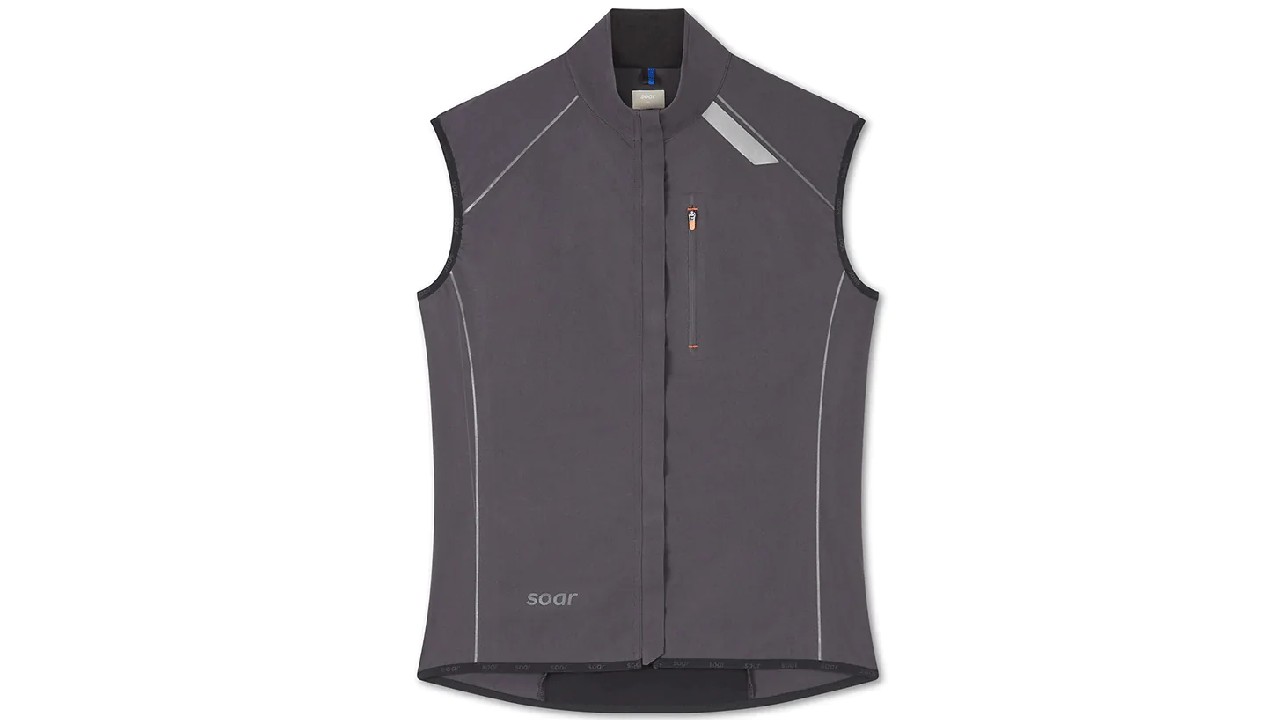
Soar Winter Gilet
Specifications
Reasons to buy
Reasons to avoid
This gilet is essentially perfect, with a comfortable, unrestrictive fit and a windproof and waterproof design. For much of the British winter, combining the Soar gilet with a long-sleeved base layer will be all you need to stay warm, and then on the very coldest days it fits well over a jacket and is breathable enough that you won’t get sweaty.
Base Layer
A cosy base layer is the closest thing to a runner’s heart in the winter – quite literally, if you don’t wear a chest strap. The top should keep you warm and wick away sweat from the skin, so you remain dry and comfortable. The main decision to make is between merino wool and synthetic fabrics. The former is warmer and resists odours better, while the latter wicks away sweat and dries more quickly.
Click through for our full selection of the best men's running base layers and the best women's running tops – including long sleeved tops.
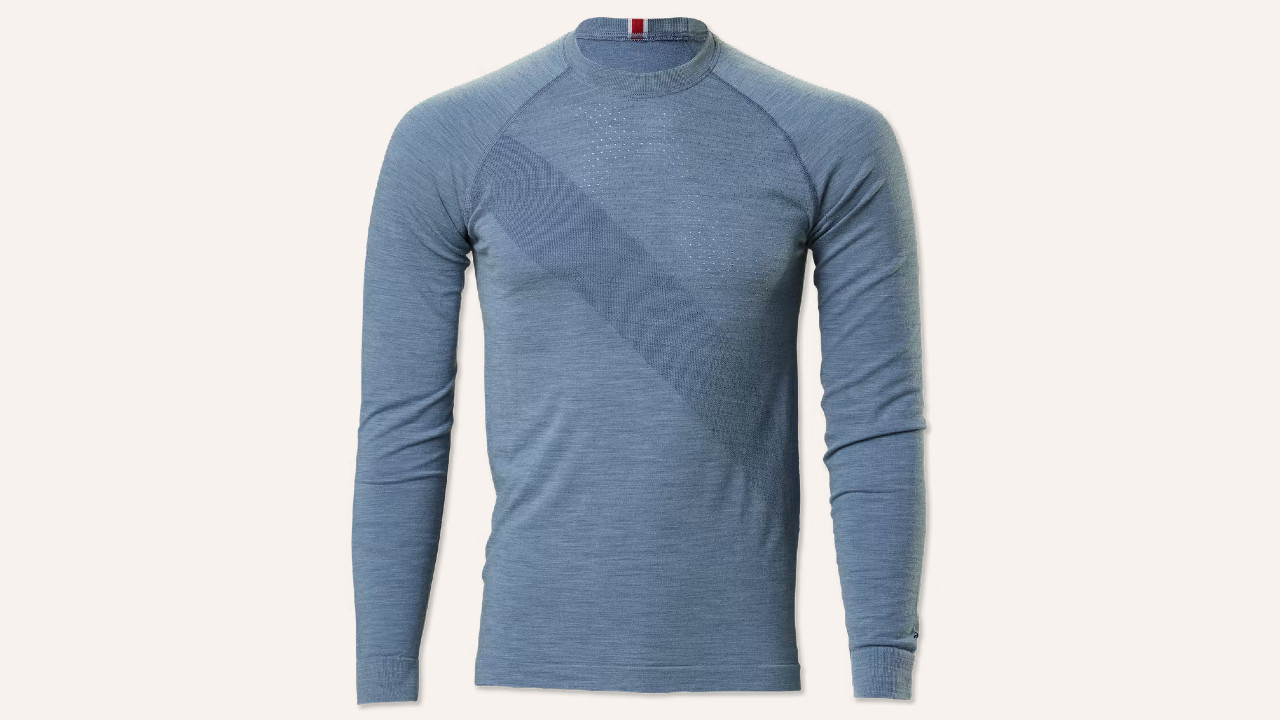
Tracksmith Brighton Base Layer
Specifications
Reasons to buy
Reasons to avoid
This Merino base layer uses a more open knit on the core where breathability is key when wearing it under other layers, and a tighter knit on the arms to keep them warm during your run. It naturally resists odours so you can use it for a few runs between washes; just make sure to hang it up to dry between uses.
Tights And Leggings
Some runners will shy away from running tights no matter how cold it gets, but they’re missing a trick, because a good pair of leg huggers are just the ticket for staying snug on easy runs and warming up for speedy sessions. As with base layers, you want a sweat-wicking material that dries quickly and it’s always useful if the tights have reflective details for night running.
Read more about the best men's running tights and the best running leggings for women.
On Tights Long
Specifications
Reasons to buy
Reasons to avoid
These thermal tights are every bit as warm and soft as you’d expect given their high price, and if you’re anything like us you’ll probably want to keep them on for hours after your run. There’s a stretchy pocket in the waistband to carry your essentials, and the supportive fit provides a little compression to keep the blood flowing without being overbearing.
Snood
It’s high time we all embraced perhaps the most unfairly maligned of all athletic accessories, the snood. Use it to keep your neck warm, or bunch it up to use as a headband which protects your ears from the chill. A lightweight, sweat-wicking material is best.
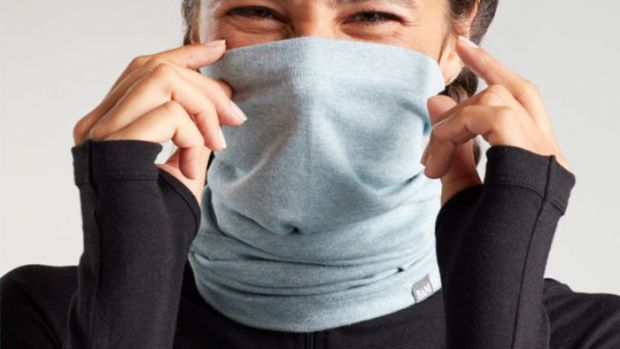
BAM Bamboo Reversible Neck Tube
Specifications
Reasons to buy
Reasons to avoid
This snug neck warmer is made from bamboo fabric, which is warm and soft and naturally resists sweaty smells so you can wear it for several runs without it stinking up the joint. You can also use it as a headband if you start your run hatless and decide your ears need more protection from the elements than your neck.
Arm Warmers
In the winter you can throw on all the layers you want for easy runs, but for races and fast training sessions you’ll want to find the right balance between staying warm and not adding too much bulk. Arm warmers can help get that balance right. Slip them on alongside a vest for speed workouts when it’s chilly and they’ll provide just enough warmth without restricting your running action. Plus, you get the bonus of feeling like an elite runner when you pull them on, which helps to mentally prepare you for running fast.
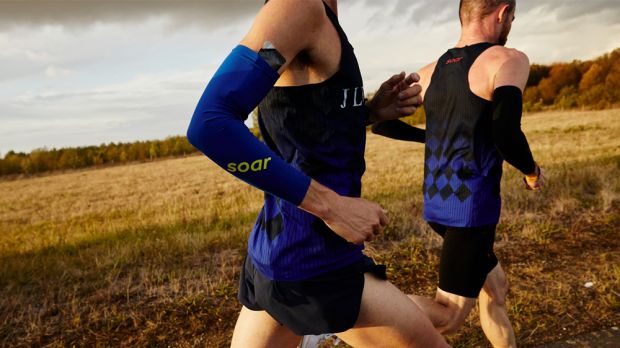
Soar Elite Sleeves
Specifications
Reasons to buy
Reasons to avoid
A lot of technical details have been crammed into these arm warmers. The key bits are the silicone strips on the hems to hold them in place and the elbow dart that allows the joint to move freely on the run.
Read More
- Meet The Man Who Runs Marathons In The Snow
- Running Motivation: Five Ways To Stop Winter Killing Your Running Buzz
- Shine Like A Beacon With This Reflective Running Gear
- The Best Running Shoes For The Mud
- The Best Trail Running Shoes For All Types Of Terrain
Winter Running Tips
1. Ring-Fence Your Training Time
The festive period can be incredibly busy and the first thing many people strike off their schedule is exercise. Avoid this pitfall by planning your weekly training to help you stick to it. Given how hectic Christmas can be you’ll probably be glad of the time to yourself anyway.
“Aim to get your sessions in the bank as early in the morning as you can, because life will throw more and more run-busting challenges at you throughout the day,” says Craggs.
2. Change Your Scenery
Running the same bit of Tarmac over and over again is just another reason to skip a run when it’s cold out, so mix it up.
“Change up your usual running routes, get off-road and include some hills to challenge your body differently,” says Craggs. “Your body loves routine and plateaus easily. Shake things up and keep your muscles, and your brain, guessing.”
3. Fuel Your Fitness
It’s expected that people will overindulge during the Christmas period, but it’s also important to get your fill of fruit and veg and not to follow that overindulgence with a fad diet in January that cuts out the food you need to support your running.
“Consistency is the key to running success,” says Craggs. “Now is not the time for a crazy new diet or to start excluding whole food groups. You need to fuel your training with high-quality carbohydrates as well as adequate fats and protein.”
If you do want to make a healthy change to your diet then Craggs’s recommendation is to do some more cooking for yourself.
“Spend some time in the kitchen!” says Craggs. “Even if it’s just two to three times a week to start off with. Cook for yourself and look to vary your meals and include a broad span of fruit and vegetables. Vitamins C, B6, E, D and zinc all contribute to a healthy functioning immune system, which can stave off some of the colds and infections that can really hamper the consistency of your training.”
4. Get Cross
Cross-training should already be part of your training routine and considering you can do it indoors, it’s an even more attractive option in the winter.
“Your heart and lungs don’t know the difference between being on a bike, a cross-trainer, swimming and running,” says Craggs. “Your muscles will thank you if you add variety through cross-training which can match the benefits of additional running with greater strength gains and less impact.”
5. Get Cross (Again)
“The UK has a wonderful tradition of cross-country running and it all kicks off in the autumn,” says Craggs. “It’s great for building strength but it’s also good for just getting out and racing without thinking too much about times and paces. Many of the sport’s best use cross-country races in the autumn and winter to provide the platform for the following year’s PBs on the roads. Give it a try!”
If you need a few pointers, check out our beginner’s guide to cross-country. Your local running club will also have all the info you need on what’s going on in your area.
6. Map Out The Next Year Of Running
Having fixed goals in mind for the future makes it easier to stay motivated in the present, so line up your targets for next year to energise your winter training.
“Sit down over a nice warm drink and reflect upon your year so far,” says Craggs. “Think about what’s gone well and what could be improved. Alongside this, shortlist some races or goals which will get you fired up. Marrying up your goals with where you feel you currently are is the best starting point for a plan.”
7. Kit Yourself Out
“Having the right kit is crucial to motivation when you look out of the window and contemplate that session in the cold,” says Craggs.
“Kit yourself out with layers of sweat-wicking, sport-specific fabric. Look to arm warmers and hats to stay warm without basting yourself like a turkey.”
Get the Coach Newsletter
Sign up for workout ideas, training advice, reviews of the latest gear and more.

Nick Harris-Fry is a journalist who has been covering health and fitness since 2015. Nick is an avid runner, covering 70-110km a week, which gives him ample opportunity to test a wide range of running shoes and running gear. He is also the chief tester for fitness trackers and running watches, treadmills and exercise bikes, and workout headphones.
